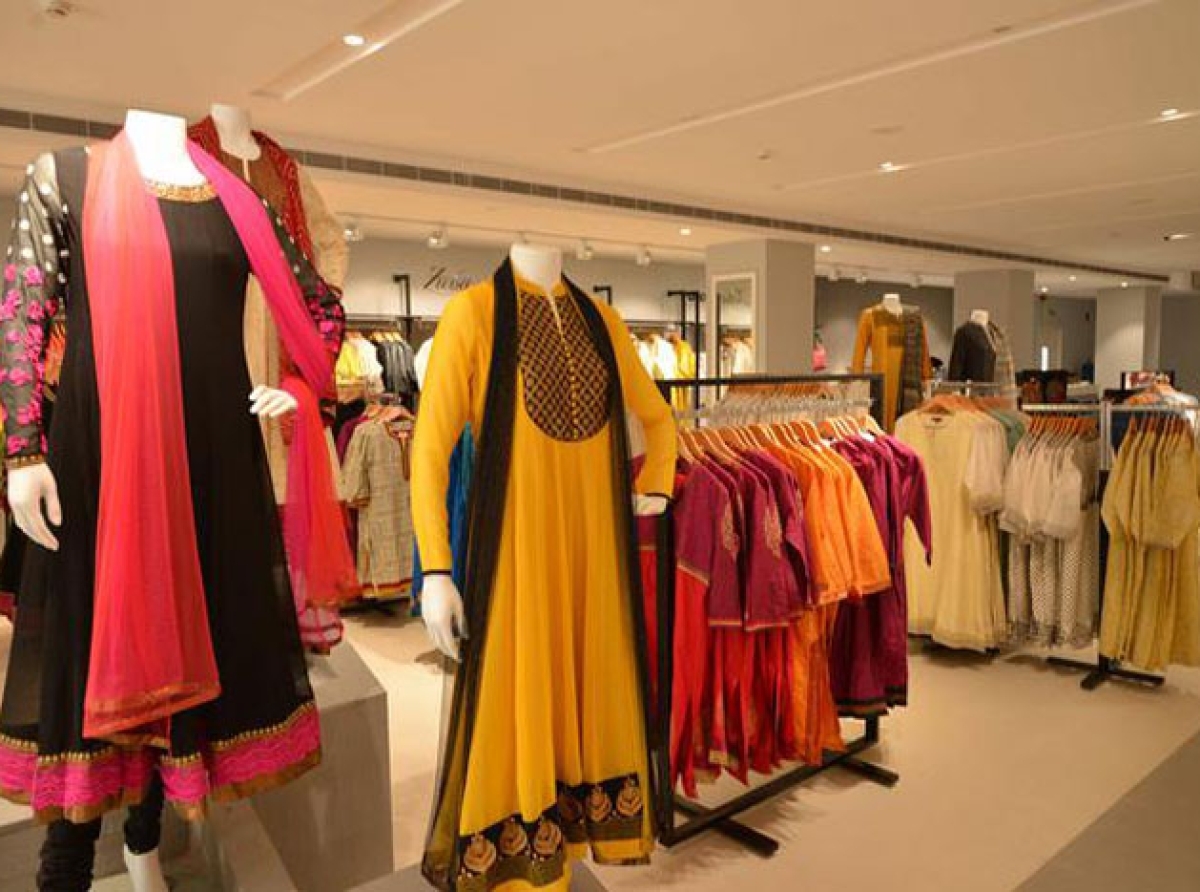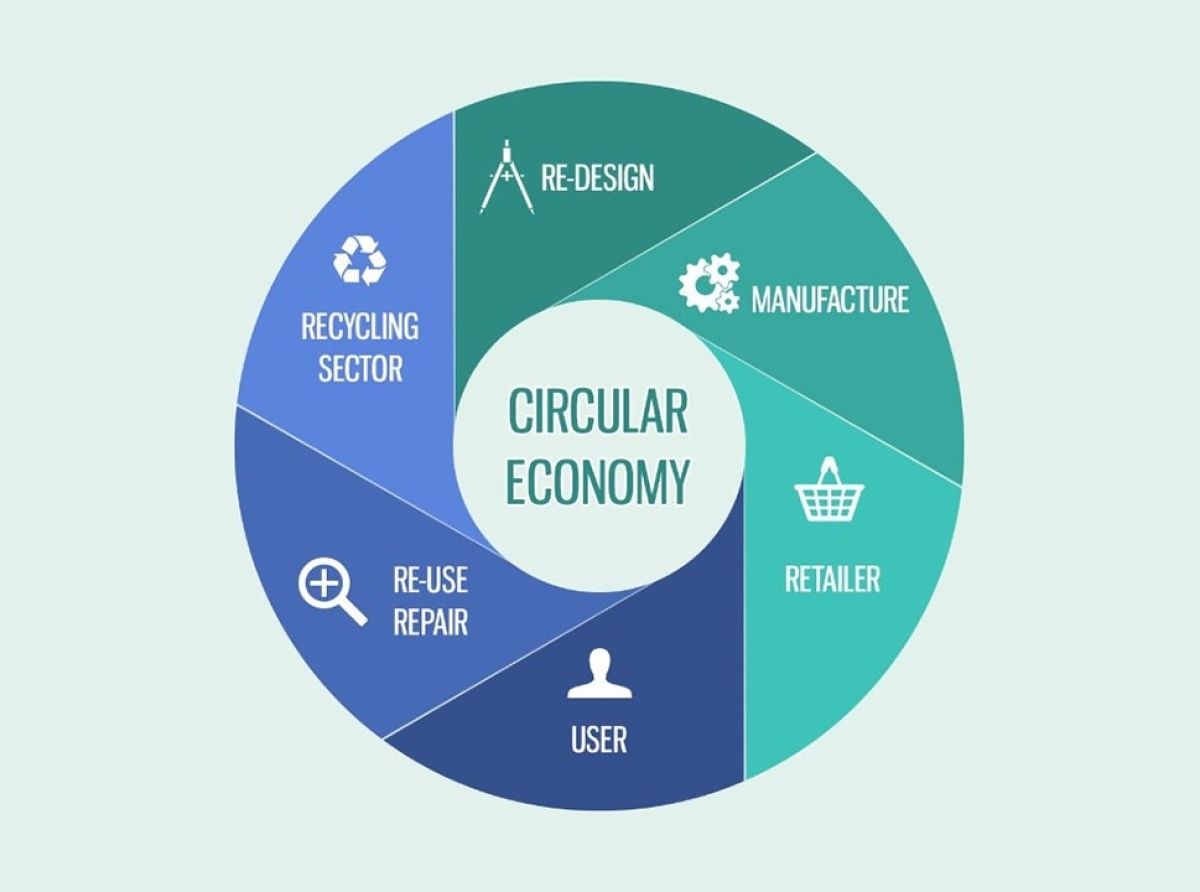18 June 2022, Mumbai:
Quick Background
The textile sector in India is the second biggest employer, employing about 100 million people Going back to 1911, only a few blocks from today's 'Fashion Week' location in Manhattan.
According to one industry report," The textile industry is the second greatest polluter of local freshwater in the world and is culpable for roughly one-fifth of all industrial water pollution".
Citing one quick instance," The Triangle Shirtwaist Factory in New York City, along with straight-front corsets, the fox-trot, and Teddy Bears, was at the leading edge of style, apparel, and Washington Square until a fire struck".
One hundred forty-six employees died in what turned out to be the city's worst industrial accident ever. On 24 April 2013, the collapse of the Rana Plaza building in Dhaka, Bangladesh, which housed five garment factories, killed at least 1,132 people.
ALSO READ Sustainable but affordable Fashion

Real V/s. Reel
Fashion documentaries often provide viewers a behind-the-scenes glimpse at the industry's creative powerhouses, designers, magazine editors, and photographers whose works have captivated millions of people worldwide.
These films are frequently set in the luxurious bubbles of fashion, whether in Valentino Garavani's enormous French estate or inside an haute couture studio, where a freshly installed designer told an underling to spray-paint a costly white jacket black.
Brand corporations made the most money at the start of the century by inciting bidding wars among factory owners. Factory owners would intensify downward pressures on workers to stay competitive and obtain the most for less.

It Is More Than What Meets The Eye!
Workers on the factory floor were left with poverty pay, decreasing working standards, and an increase in industrial fires due to this chain reaction.
Today, companies like H&M, Adidas, and Nike are extending production into countries like India, El Salvador, and Cambodia, all of which use the same three-part model.
Fire-conducive raw materials, locked entrances, malfunctioning or non-existent sprinkler systems, lack of fire safety equipment or training, high-density workplaces, and so on are all examples of historical and contemporary parallels in the apparel industry.
RELEVANT NEWS Removal of cotton imports duty failed to benefit spinning & composite textile mills
Dark Side Of Business
Many do not know about the darker side of the glamorous fashion industry; however, there lies a lot of deep-buried secrets in fashion life.
Looking down on people to some extent because of their profession or lifestyle makes it difficult for them to go about with their life. While following their profession, people do find some of their works demeaning.
Sometimes people find it difficult to cope with the present competition; with the passing days, the industry is growing exceedingly, and the rat race seems extremely unfortunate and pressurizes the individual.

RELEVANT NEWS Aditya Birla Fashion and Retail (ABFRL) collaborates with GIZ GMBH for sustainable fashion solutions
Pulse Check
Due to such pressure on the individual, people find it extremely difficult to keep up with the constantly changing and growing situations.
Consumers are enticed to buy trendy clothing as soon as it hits the shops.
But they are blind to the harsh truth, the agony with which the apparel is made.
RELEVANT NEWS Post COVID 19 World: Designers in Malang Shift & adopt Sustainable Fashion Production Practises
To stay ahead of the competition, fast fashion merchants release new collections regularly, which has harmed not just the environment but also human labor.
Customers from Istanbul discovered something unexpected in the apparel recently when buying at Zara, letters from factory employees saying that they manufactured the item that we are about to buy.

RELEVANT NEWS NIFT and UNEP are collaborating on a project called "Design Innovation for Sustainable Fashion."
The employment and salary circumstances of Indian textile sector employees are deteriorating due to decreased output and global sales. Factory closures and wage arrears are likely the greatest danger to textile workers' socioeconomic well-being.

To stay ahead of the competition, fast fashion merchants release new collections regularly, which has harmed not just the environment but also human labor.

It Is More Than What Meets The Eye!
Customers from Istanbul discovered something unexpected in the clothing recently when buying at Zara, letters from factory employees saying that they manufactured the item that we are about to buy.
Still, they didn't get paid for it. This is only one of many examples of their suffering.
Such deep hidden dark sides of the fashion industry are yet to be unveiled and yet to be looked at with seriousness.
Join our community on Linkedin

























